Descripción
Brief Introduction to Scraper Trap
An EMT scraper trap plays a vital role in maintaining pipeline systems. It helps clean pipelines and ensures smooth operations. First, operators install the scraper launcher at the start of the pipeline. Then, they load a cleaning tool called a scraper or pig. Next, the launcher seals the chamber to prevent leaks. After sealing, the launcher pushes the scraper into the pipeline. As fluid flows, the scraper moves through the pipeline. It scrapes away debris, scale, and buildup inside the pipe. At the end, the scraper reaches a receiver station. The receiver collects the scraper safely for inspection. Operators check the scraper for damage or wear. They clean, repair, or replace it if needed. This process keeps pipelines efficient and prevents blockages. Additionally, it reduces corrosion and costly downtime.
The design of a scraper trap affects its performance significantly. High-quality materials boost durability and withstand pressure and corrosion. A good sealing system ensures no fluid escapes during loading. Reliable launching mechanisms allow precise scraper insertion. Proper sizing matches pipeline diameter and flow needs. Maintenance access points make servicing safe and easy. Accurate alignment ensures smooth scraper movement through the pipe. Integration with control systems improves coordination and monitoring. Lastly, safety features like pressure relief valves protect people and equipment. Therefore, a well-designed scraper trap improves pipeline reliability and safety.
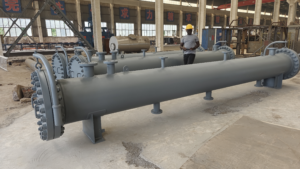
Condiciones de diseño | ||
| 1 | Tamaño de la tubería | Desde 6″ hasta 56″ |
| 2 | Código de diseño | ASME VIII División 1; ASME B31.3; ASME B31.4; ASME B31.8, etc. |
| 3 | Factor de diseño | 0.5, 0.6, 0.7, etc. |
| 4 | Tolerancia de corrosión | 0-5 mm o más |
| 5 | Presión de diseño | CL150, CL300, CL600, CL900, CL1500, CL2500 o según sea necesario. |
| 6 | Temperatura de diseño (mín./máx.) | -50 ℃ / 200 ℃ |
| 7 | Tipo de cierre | Cierre de apertura rápida tipo anillo de abrazadera |
| 8 | Orientación de instalación | Horizontal, Vertical, Inclinado |
| 9 | Medio aplicable | Gas, Petróleo, Petróleo, Materiales Químicos, Agua, etc. |
| Estructura y Materiales Principales | ||
| 1 | Barril mayor/barril mínimo | ASTM A106, ASTM A516 Gr.70, o según sea necesario. |
| 2 | Cierre de apertura rápida (con sistema de enclavamiento) | ASTM A515 Gr.70, ASTM A516 Gr.70, |
| Y ASTM A105, ASTM A350 LF2 Clase1, | ||
| ASTM A694 F42 F46 F48 F50 F52 F56 F60 F65 F70, | ||
| o según sea necesario. | ||
| 3 | Anillo de sellado para el cierre. | Vitón, nitrilo |
| 4 | Soporte de silla de montar | Q235, o según sea necesario. |
| 5 | Brida | ASTM A105, ASTM A694 F70 o según sea necesario. |
| 6 | Orejetas/ojos de elevación | Q235, o según sea necesario. |
| 7 | Toma de tierra | Sí |
| 8 | Placa de nombre | Acero inoxidable, o según sea necesario. |
| Certificados | ||
| 1 | Certificado de sello ASME U | Aplicable |
| 2 | Inspección de terceros | BV, SGS, ABS, DNV o según sea necesario. |

 English
English العربية
العربية Deutsch
Deutsch Bahasa Indonesia
Bahasa Indonesia Português
Português Русский
Русский Español
Español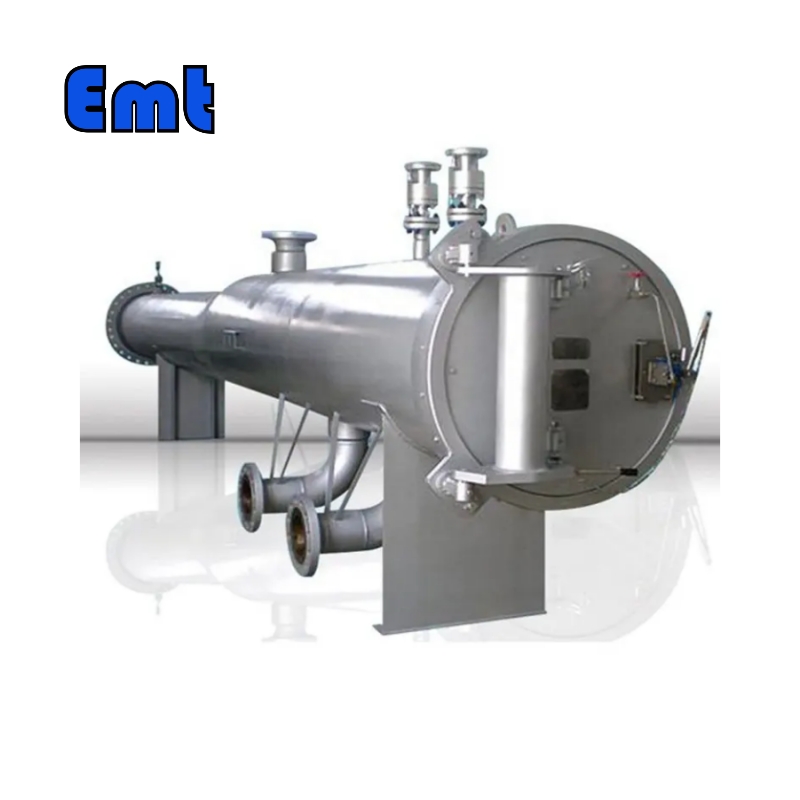
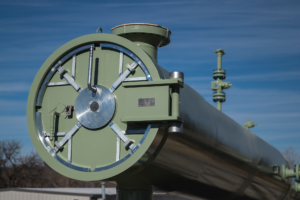
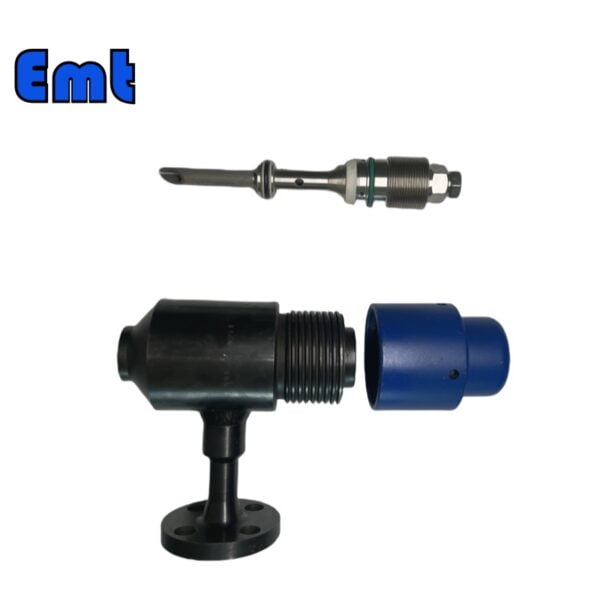
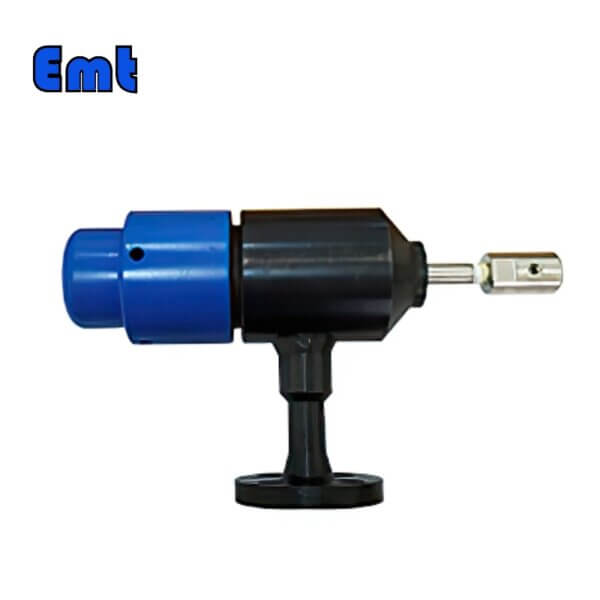
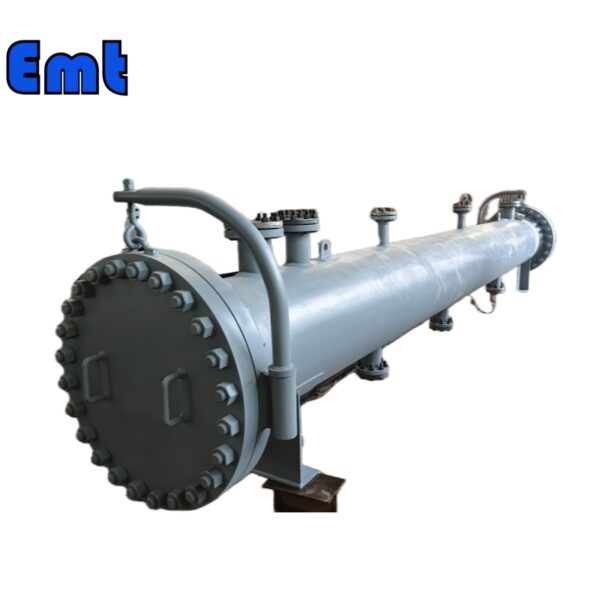
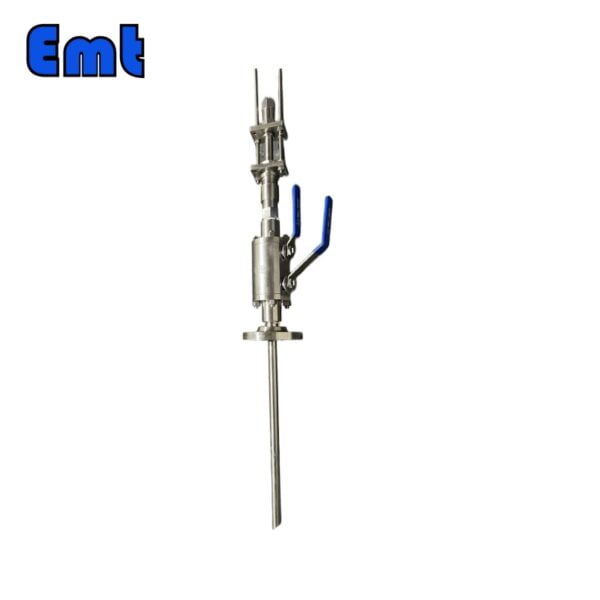
Reseñas
Aún no hay reseñas.